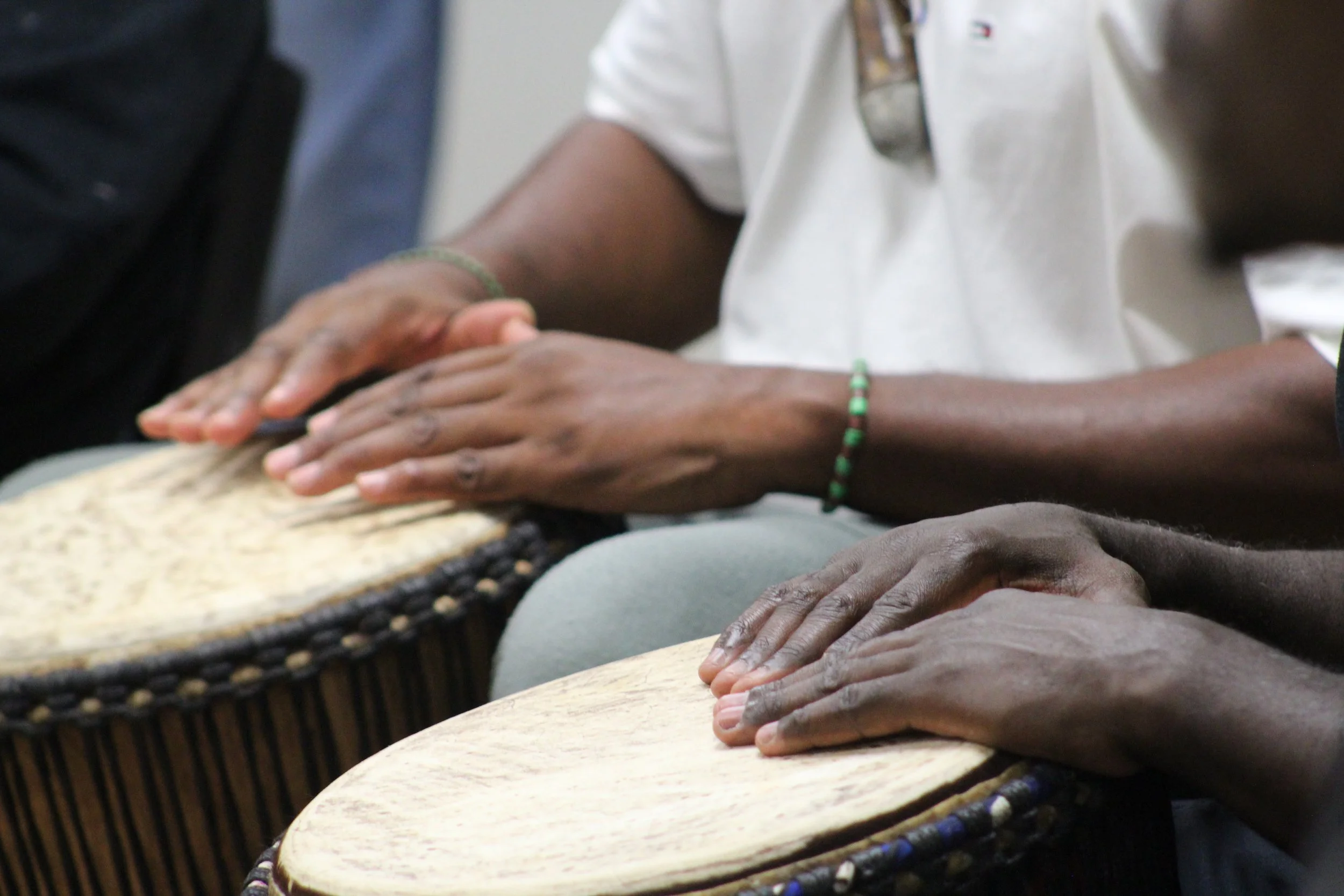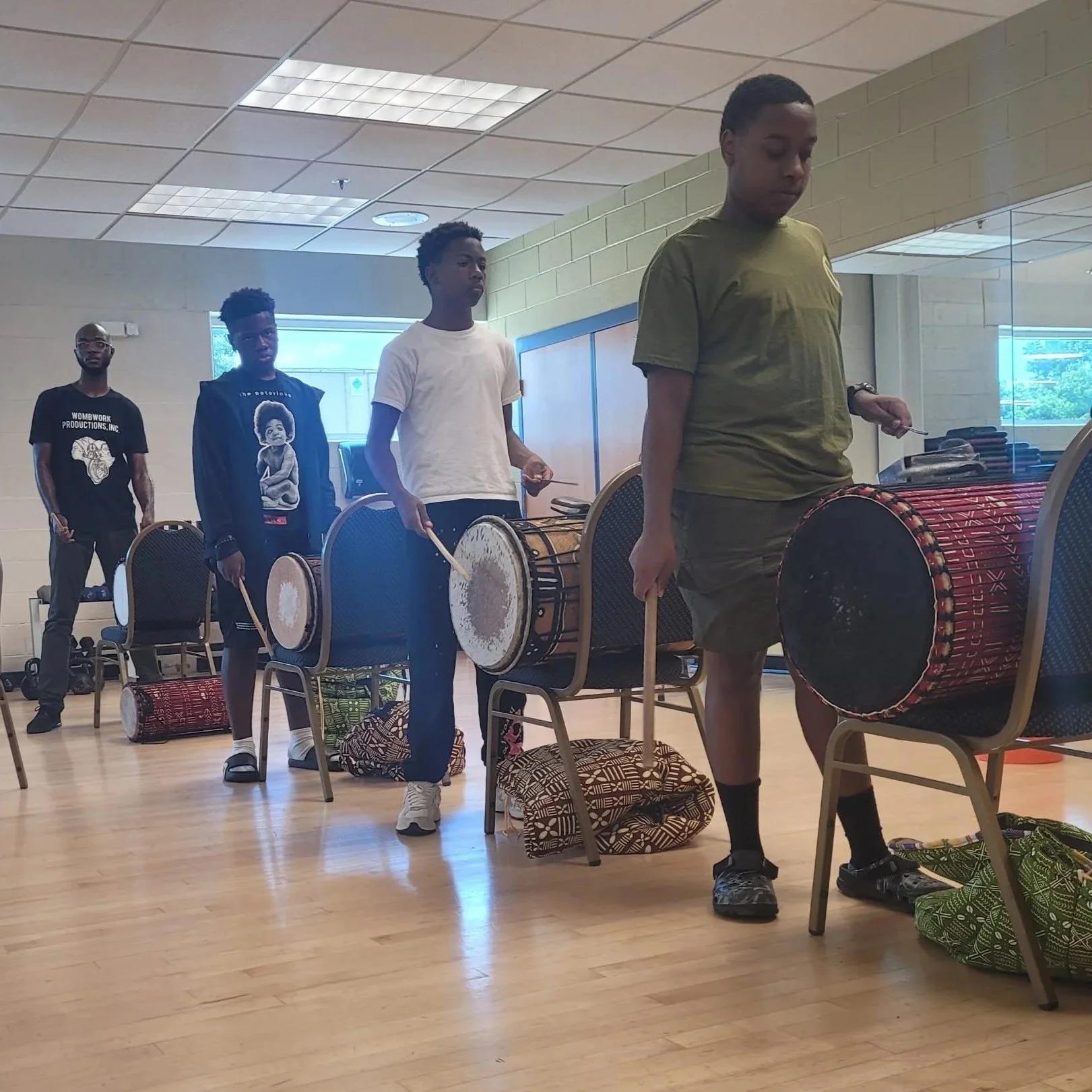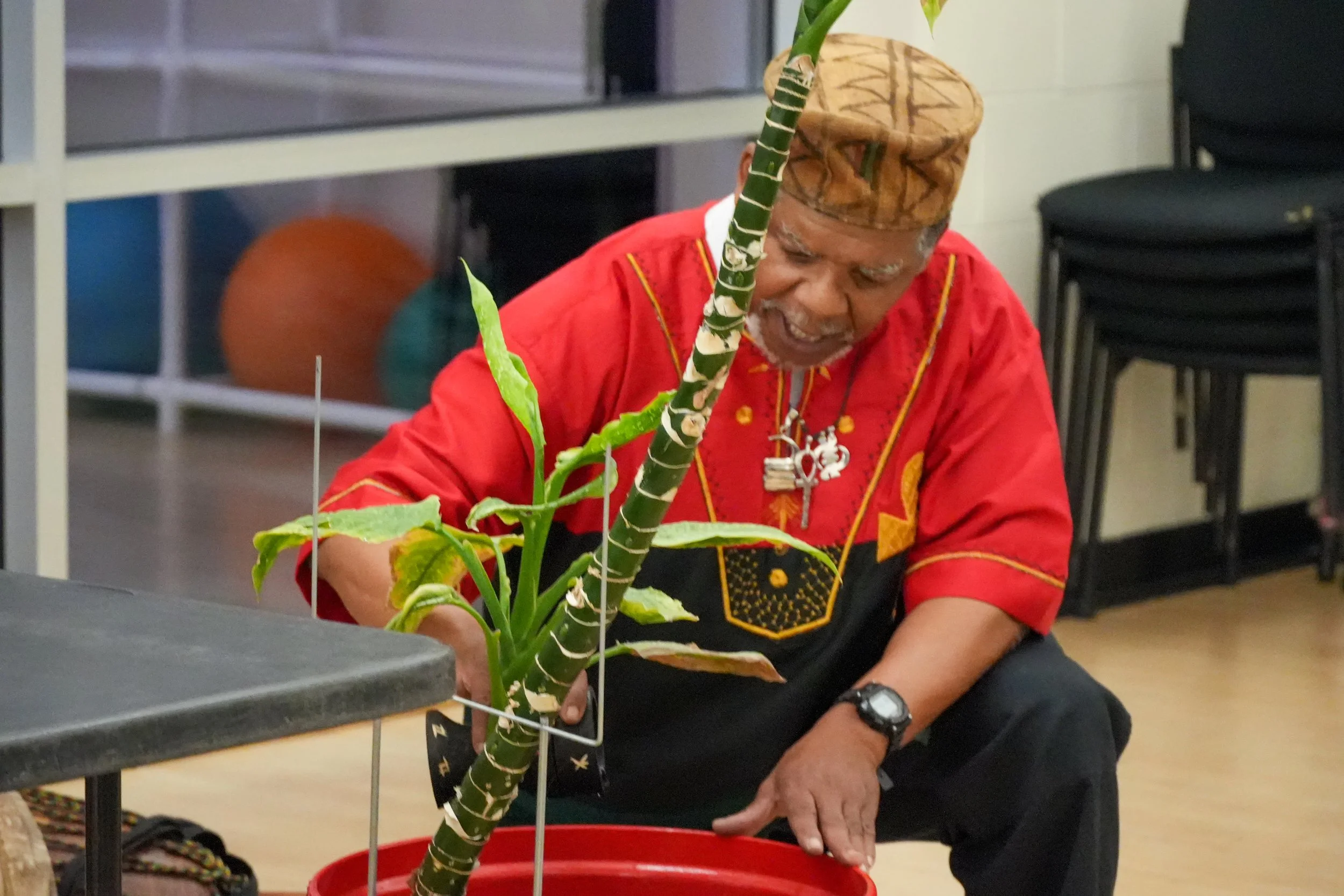What is ‘Rites of Passage’?
A rite of passage is a ceremonial and intentional experience marking a person’s transition from one stage of life to another—such as from boyhood to manhood. For Black communities, these rites reclaim cultural identity, foster self-knowledge, and restore a sense of belonging and responsibility.
At BROPI, rites of passage include:
Cultural rituals such as drumming, storytelling, journaling, and community reflection
Outdoor and retreat-based experiences that challenge and affirm
Mentorship from trained adult men who have completed their own rites process
Engagement with parents/caregivers to support holistic development
A closing ceremony that honors each boy’s journey and growth
The BROPI Advisory Council also defines African centered rites as:
“A process, framework and operating system that intentionally engages initiates with key themes, providing opportunities for healthy socialization and growth (spiritual, emotional, mental and physical). It is designed to assist the transition and transformation from one stage of life development to the next (including birth, adulthood, marriage, eldership and ancestorship) using defined tasks, requirements, standards, expectations and supports that produce a person or product that adds value to themselves, their family and community. African centered rites is based in the best traditions that incorporate thepast and current needs of our people and support our people in developing self-esteem and an African sense of self.”
This work is rooted in African traditions while shaped by the present-day needs of our youth, families, and communities.

“A strong man is not afraid to express his love and emotions. He understands the power of vulnerability and nurtures relationships that contribute to his emotional well-being.”
-Unknown



